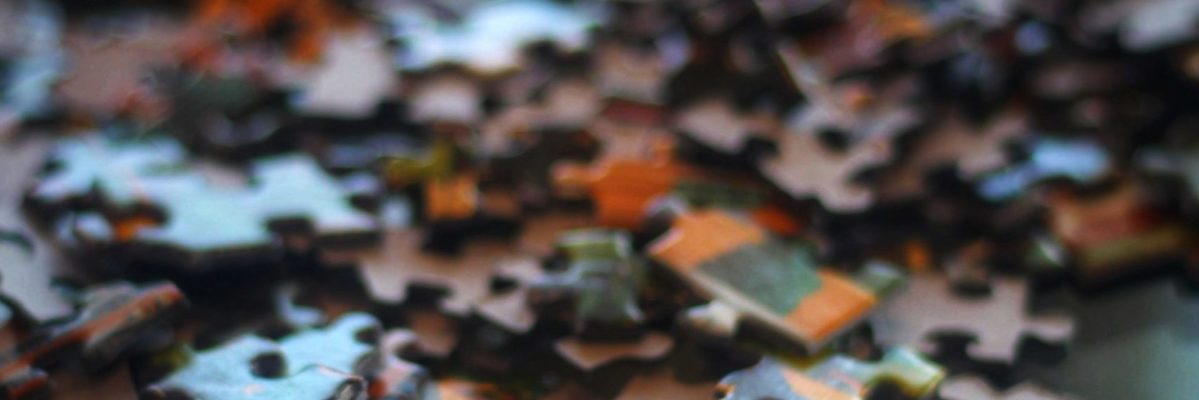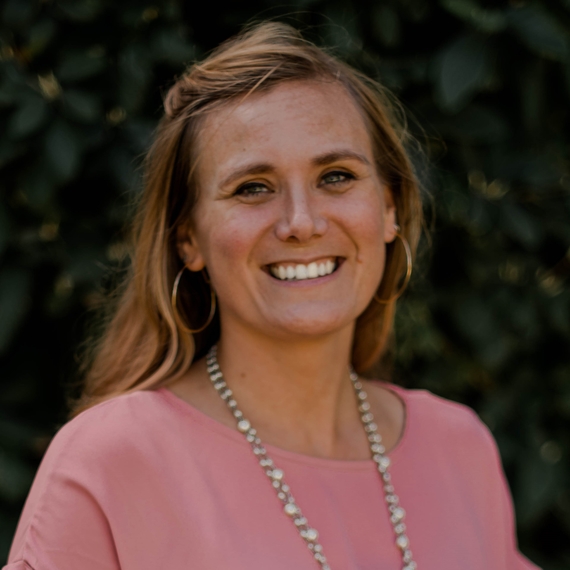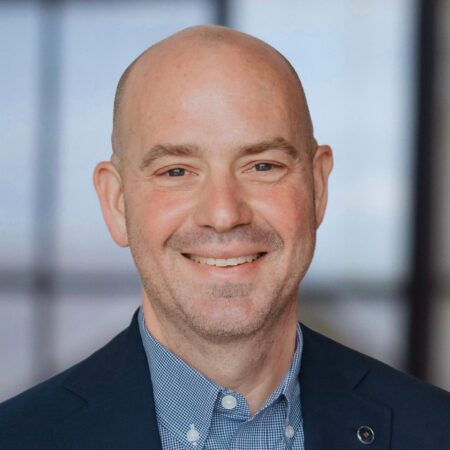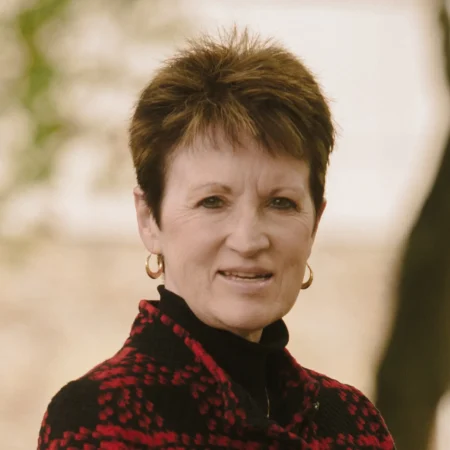At the Rogers house we’ve been working on a big thousand-piece puzzle. If you’ve done a big puzzle, you know how this goes: you round up all the edge pieces, and put them together, and then you have a frame to work in. You go from “This is altogether bewildering” to “Okay–maybe we can do this after all.”
I have heard it said that the most important part of a picture is the frame. The frame says, “Yes, there’s a whole world out there. It’s more than you or I can handle. So let’s handle this right here.” The edges of the canvas allow the artist to focus, to tend to his business. Artists have a reputation for dreaminess, expansiveness. But art starts with limitation. Art (like every other tangible good in the world) starts when you leave limitless potentiality behind and say, “I could do a billion different things. But right now, I’m going to do this one thing.”
You face serious limitations right now. This is great news. The frame of your life is different from what it was a couple of weeks ago. Excellent. That gives you a better idea of how you can tend to your business. Right now.
I have a friend who was all set to move to Los Angeles at the beginning of April and take the next step in his screenwriting career. Needless to say, that move isn’t happening right now. So do you know what he’s doing? He’s sitting in his house in Nashville writing. Which is to say, he’s taking the actual next step in his screenwriting career. Moving to Los Angeles is pretty exciting stuff when you’re a screenwriter. The possibilities are endless! But this screenwriter realized that what he needs right now are possibilities that aren’t endless. He needed a frame.
But let us return to our thousand-piece puzzle. We’ve got our frame finished, and things seem doable. And then, about ten minutes later, things don’t seem so doable any more. To have 868 pieces to go feels only a little less bewildering than to have 1000 pieces to go. That first flush of excitement is gone, and you are tempted to quit. But here’s the thing: if you keep going, every piece you fit into the puzzle makes the puzzle a little easier–not just because you have added a piece to the puzzle, but because you have decreased the possibilities going forward. You are narrowing toward the goal.
Friends, this is how writing (and all art) works. As you do the work, infinite possibility narrows and narrows and narrows until the work is done…if you don’t quit. As David Bayles and Ted Orland say in Art and Fear, “Basically, those who continue to make art are those who have learned how to continue–or more precisely, have learned how not to quit.”
One last thing, also from Art and Fear: “We’re all subject to a familiar and universal progression of human troubles–troubles we routinely survive, but which are (oddly enough) routinely fatal to the art-making process.” You’re surviving the limitations and troubles of this time of quarantine. Your creativity can survive (and thrive) too.
Photo by Joshua Hoehne on Unsplash








